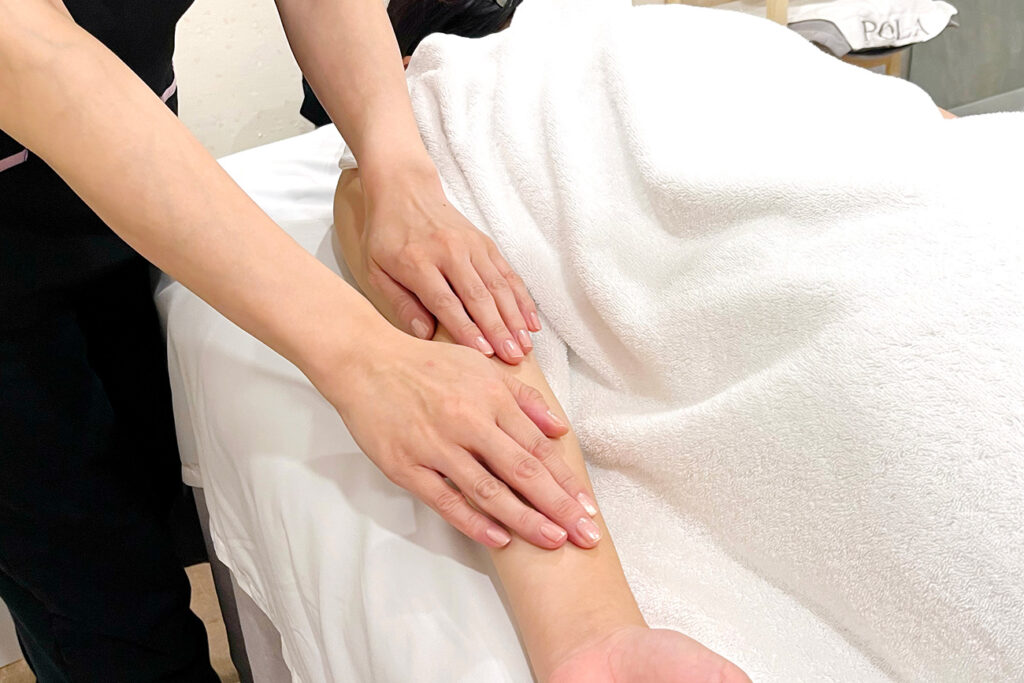This article provides a thorough explanation of the wide-ranging effects and benefits of massage, and also introduces Tsubaki’s massage approach.
From relaxation to targeted relief of specific physical discomforts, we dive deep into how massage affects mind and body, how to choose by type, and how to receive treatments to maximize results.
Massage Types and How They Differ
There are many types of massage, each with its own characteristics and goals.
Understanding these differences helps you select the modality that best fits your needs. When choosing, consider the effects you want, the techniques used, and your own condition and preferences. For example, there’s deep tissue massage that targets deeper muscle layers and Swedish massage known for its high relaxation effect.
Each modality improves discomfort in the body through a different approach and supports overall well-being.
Differences Between Massage, Anma, and Shiatsu
Massage, anma, and shiatsu all use manual techniques to stimulate the body, but they differ clearly in origin, theory, and specific methods. Massage is rooted in Western medicine and often aims to promote circulation and improve tissue flexibility.
In contrast, Anma originates from traditional Chinese medicine and focuses on regulating the flow of qi and blood by stimulating meridians and acupoints to enhance the body’s self-healing capacity.
Shiatsu was developed independently in Japan and aims to improve dysfunction by applying pressure to specific acupoints. Understanding these differences is crucial for choosing the most suitable modality based on your condition and goals.
Deep Tissue Massage
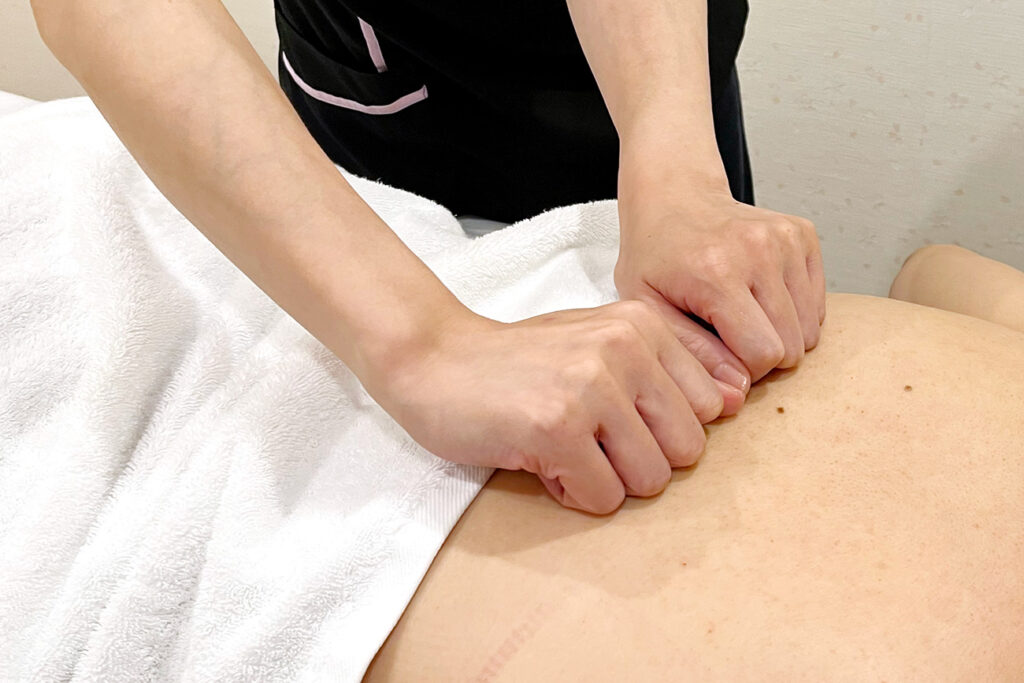
Deep tissue massage specializes in relieving chronic muscle tension and pain.
Because it targets deeper muscle layers and connective tissue, it uses more substantial pressure than surface-level techniques.
Therapists use elbows and forearms to apply slow pressure along the muscle fibers. Deep tissue is effective for releasing adhesions caused by poor posture, repetitive movement, or past injuries.
It also helps those with chronic pain by reducing discomfort and improving range of motion. You may feel post-treatment soreness similar to muscle ache; this typically subsides within a few days as circulation improves and tissue releases.
Swedish Massage
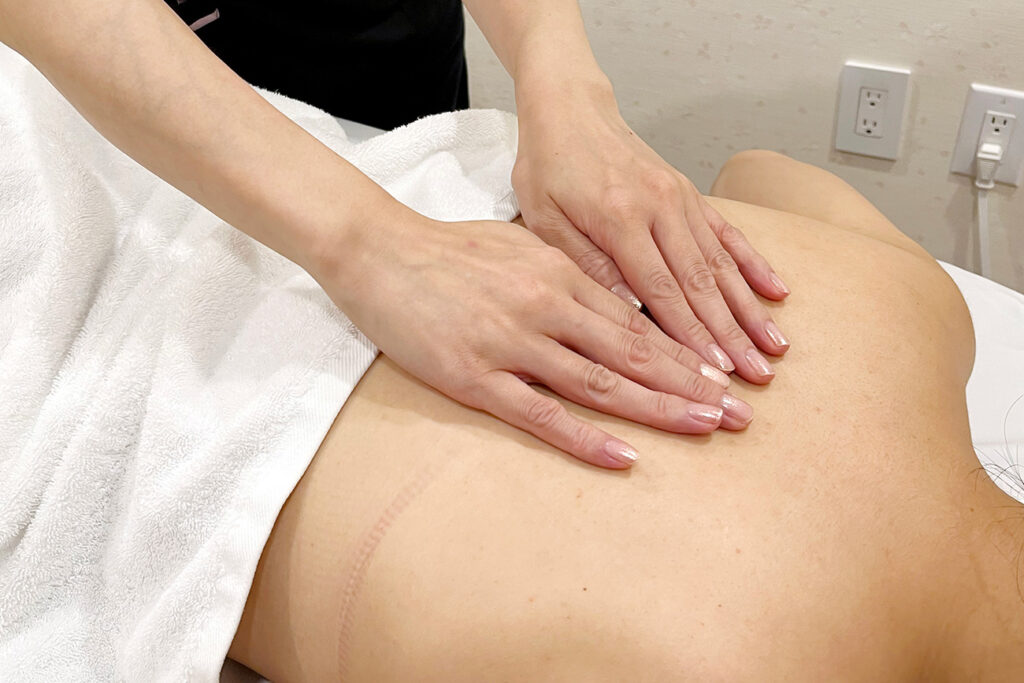
Swedish massage is a gentle, rhythmic modality aimed at relaxation and overall circulation.
It blends techniques such as effleurage, petrissage, kneading, and friction to stimulate muscles and ease mental and physical tension.
Swedish massage is said to reduce stress, improve sleep quality, and support immune function. It can also increase muscle flexibility and joint range of motion. Treatments are often provided in a calming setting and may include aromatherapy oils.
It’s ideal for anyone seeking a refresh for body and mind, and a great choice for first-time massage clients.
Oil Massage
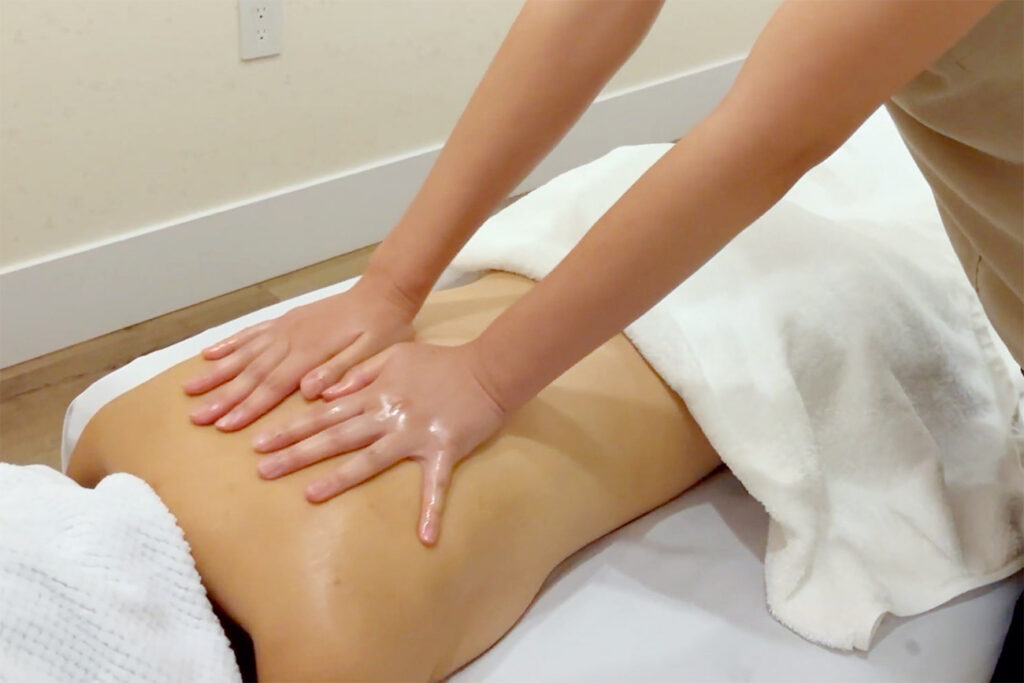
Oil massage uses oils to improve glide and enhance relaxation.
With reduced friction, therapists can work more smoothly into muscles and soft tissues.
The choice of oil can add benefits such as moisturization, aromatherapy effects, or relief for specific concerns.
For example, lavender oil promotes relaxation, while eucalyptus may support respiratory comfort. Oil massage helps prevent dryness, boosts circulation, and eases muscle tension. Inform your therapist about allergies or sensitivities so they can select appropriate oils.
Hot Stone Massage
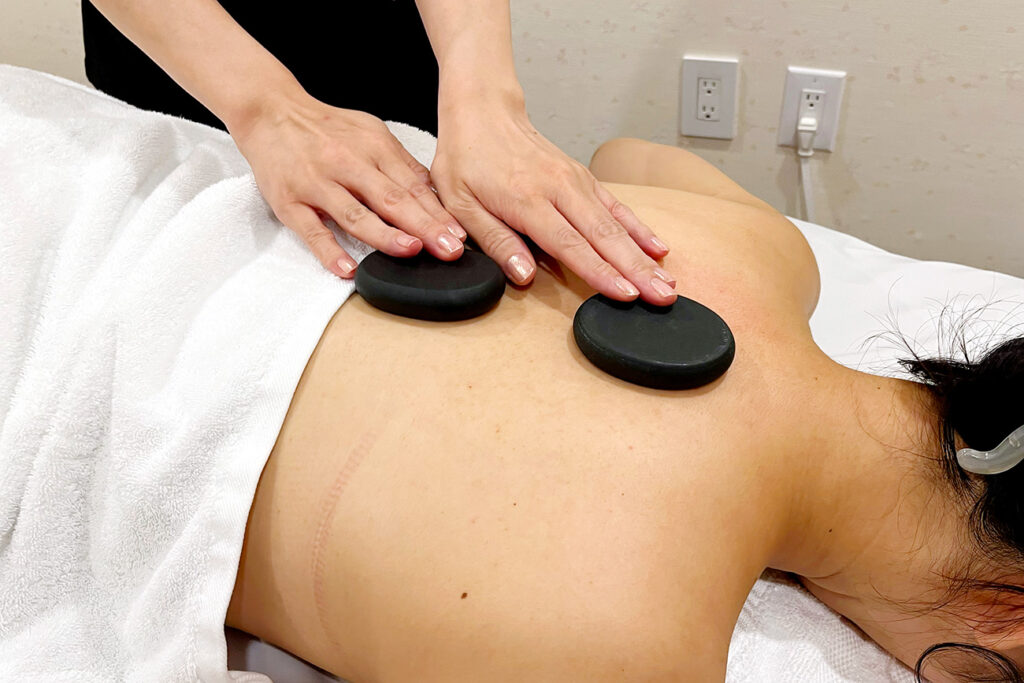
Hot stone massage uses warmed, smooth basalt stones to heat tissues as you receive massage. Placing warm stones on key areas relaxes muscles and promotes circulation. Their weight and heat penetrate deeply to ease tension.
It’s effective for muscular soreness, joint discomfort, and stress-related tightness.
It can also deepen relaxation and improve sleep quality. If you’re heat-sensitive, tell your therapist so they can adjust the temperature.
Scientific Basis and Benefits of Massage
Research increasingly shows massage offers more than relaxation. Recent studies report multiple positive effects on body and mind, explained through physiological, psychological, and biochemical mechanisms.
These findings suggest massage may help maintain health and prevent illness, encouraging its use in medical and wellness settings.
Understanding these effects supports your self-care and helps therapists deliver more effective treatments.
Relaxation for Body and Mind
Massage promotes relaxation via complex interactions among the nervous and endocrine systems and psychological factors.

Studies indicate massage can activate the parasympathetic nervous system and reduce secretion of the stress hormone cortisol. It may also increase serotonin and dopamine, enhancing well-being and satisfaction. By easing muscular tension and bodily discomfort, massage can further reduce psychological stress—useful for those with chronic stress or anxiety.
Improved Circulation and Recovery
Massage dilates blood vessels and supports smoother blood flow, improving delivery of oxygen and nutrients to muscles and tissues.
It also promotes waste removal, reducing buildup of fatigue byproducts. This can lessen post-exercise soreness and tiredness, and it’s used in athletic conditioning. Better circulation may also help with cold sensitivity and immune function.
Regular massage helps maintain bodily function and supports a healthy lifestyle.
Autonomic Nervous System Regulation
Massage is thought to rebalance the autonomic nervous system.
The autonomic system—comprising the sympathetic and parasympathetic branches—unconsciously controls breathing, heart rate, and digestion. When stress or irregular habits disrupt this balance, various physical and mental symptoms can appear.
By encouraging parasympathetic dominance and deep relaxation, massage may help restore balance. Techniques that release the neck, shoulders, and back are considered especially supportive.
About Tsubaki’s Massage
Tsubaki offers more than a momentary escape. Our treatments are a bespoke relaxation experience grounded in deep knowledge and expertise.
We carefully select the “best of” techniques—deep tissue for focused, deep release; Swedish for soothing rhythm and circulation; hot stone for profound warmth and relaxation; and oil massage to balance body and mind.
We then blend and tailor these elements like master artisans—according to your condition, areas of concern, and mood on the day.
This made-to-measure approach creates “the best massage for you right now,” delivering exceptional calm and lasting comfort available only at Tsubaki.
All Therapists Are Japanese

All Tsubaki treatments are provided exclusively by experienced Japanese female therapists.
Veteran therapists with proven skill and extensive salon experience in Japan carefully listen to your condition and requests and customize each session. Beyond easing the body, we honor Japan’s spirit of hospitality, attending to details with sincere care so you can fully relax and enjoy supreme comfort.
A Clean, Comfortable Environment
All sessions at Tsubaki take place in a fully private room.
Unwind in a space that’s yours alone, free from noise and other guests.
Each room is kept spotlessly clean and beautifully maintained. A soothing aroma gently fills the space, guiding you into deep relaxation. In this refined setting that delights your senses—sight, smell, and touch—you can settle into an ultimate state of calm for your treatment.
Our Commitment to Quality
At Tsubaki, we value quality over quantity.
We intentionally operate with a select, small team so we can deeply understand each unique client, focus our full attention, and deliver heartfelt, precise techniques tailored to you.
We believe this uncompromising approach leads to unmatched satisfaction and profoundly restorative relaxation.

